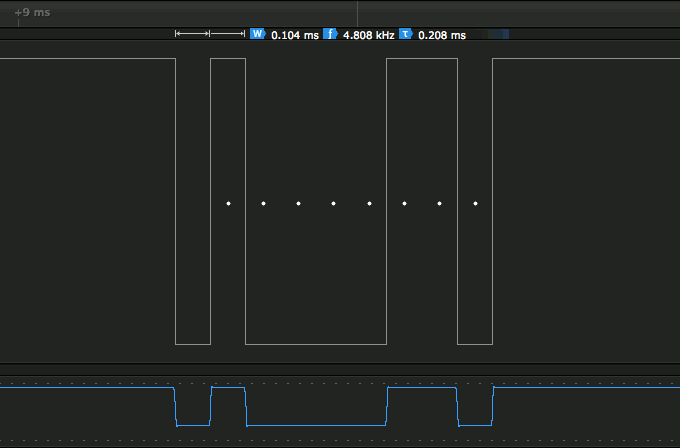
In the automotive industry, for example, the Controller Area Network (CAN) is utilized to provide communication between ECUs (Engine Control Units) and sensors. To eliminate interference and allow high-speed transmission over long distances, USB uses differential signaling.
#SERIAL COMMUNICATION PROTOCOL USB SERIAL#
Its predecessors, the bulkier and slower serial and parallel ports, have been phased out. It’s made for quick setup, high data rates, minimal cabling, and hot-swapping. USB is found in practically every device, including keyboards, printers, media players, cameras, scanners, and mice. The USB interface is a “plug and plays” device. A single USB host controller can support a maximum of 127 peripherals. USB (Universal Serial Bus) is a popular protocol that comes in a variety of forms and speeds. I2C networks are simple to set up since they only require two wires and new devices can be simply attached to the two I2C bus lines. It is appropriate for onboard communication because it has a limited communication length. I2C can deliver up to 400Kbps and uses a 10 bit or 7-bit addressing method to target a specific device on the i2c bus, allowing up to 1024 devices to be connected. A pull-up resistor must be used to connect both lines to a positive source. SDA (Serial Data Line) and SCL (Serial Control Line) are two lines used in inter-integrated circuit (I2C) communication between different ICs or modules (Serial Clock Line).

The SPI is perfect for high-speed data connection because it can deliver up to 10Mbps. SPI registers are used to configure data communication. The SPI can theoretically have an infinite number of slaves. To send and receive data from the slave or master, requires six wires. The SPI can be set to work as a master or as a slave.ĭata communication is made up of the four basic SPI signals (MISO, MOSI, SCK, and SS), as well as Vcc and Ground. In addition, the clock is not included in the data stream and must be provided separately. Separate wires are required for the data and clock lines in SPI. The Serial Peripheral Interface (SPI) is a synchronous interface that connects several SPI microcontrollers. These are also the protocols that are commonly utilized in significant applications. SPI, I2C, CAN, and LIN is examples of synchronous serial protocols that are employed in various applications since they are one of the greatest resources for onboard peripherals.

Similar to parallel communication, the protocol is a secure and reliable mode of communication with a set of rules addressed by the source host (sender) and destination host (receiver). Serial communication is used by every electronic device, whether it be a personal computer (PC) or a mobile phone.

Serial communication is the most common method of exchanging data between data processing peripherals. The various forms of Serial Communication Protocols will be described in this article.
#SERIAL COMMUNICATION PROTOCOL USB ANDROID#


 0 kommentar(er)
0 kommentar(er)
